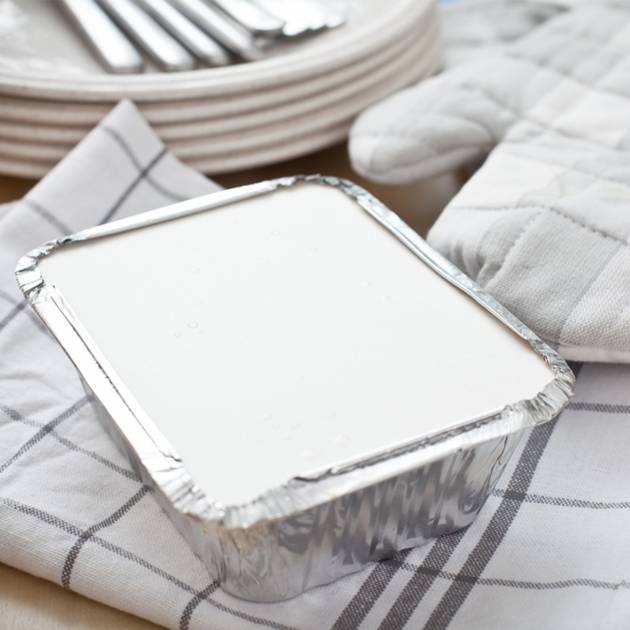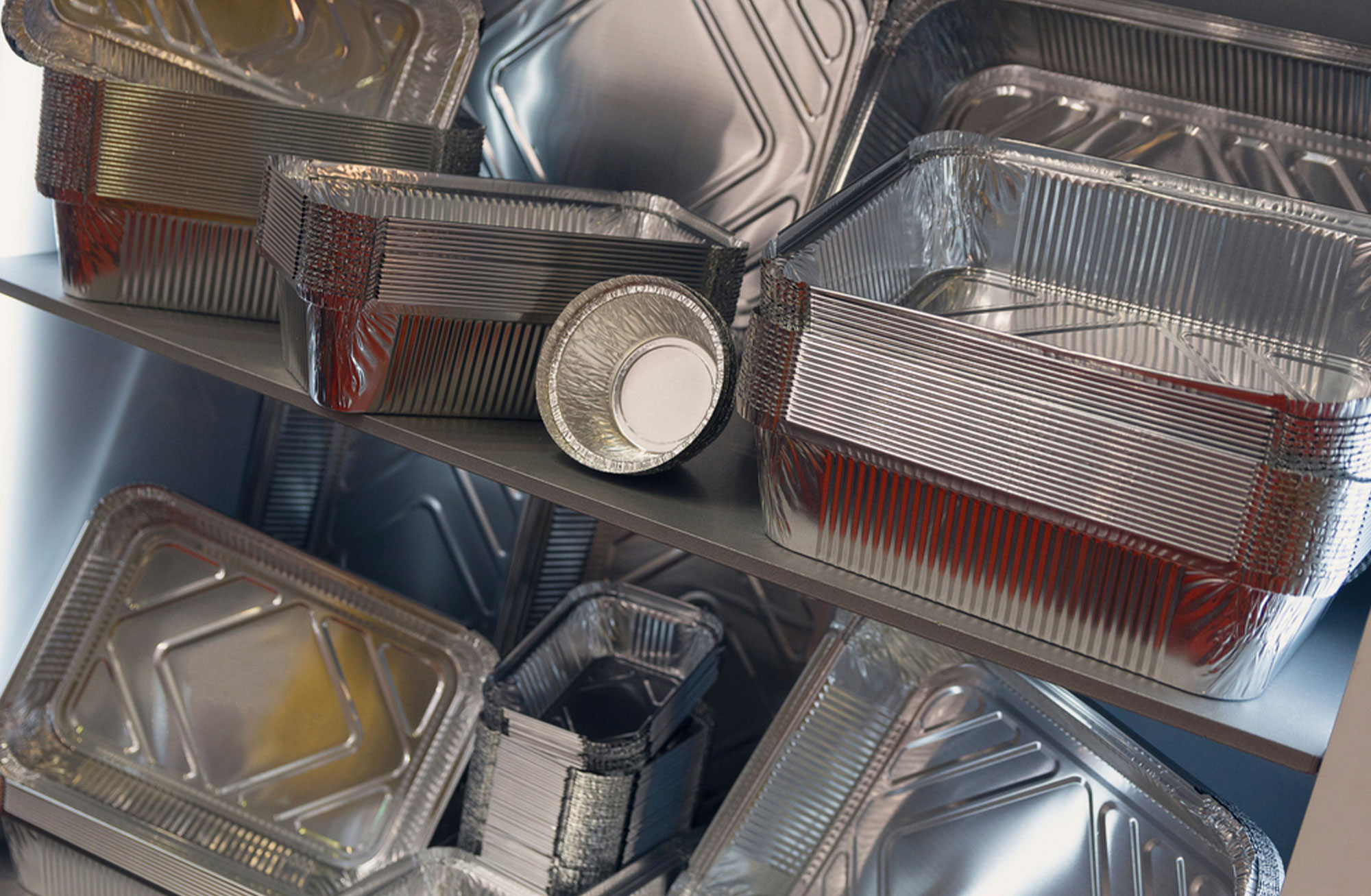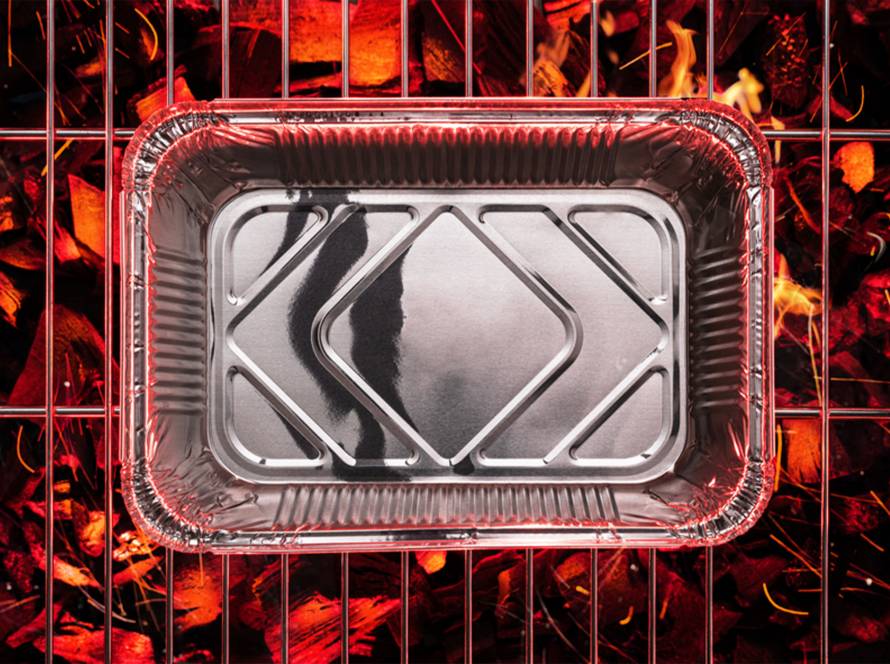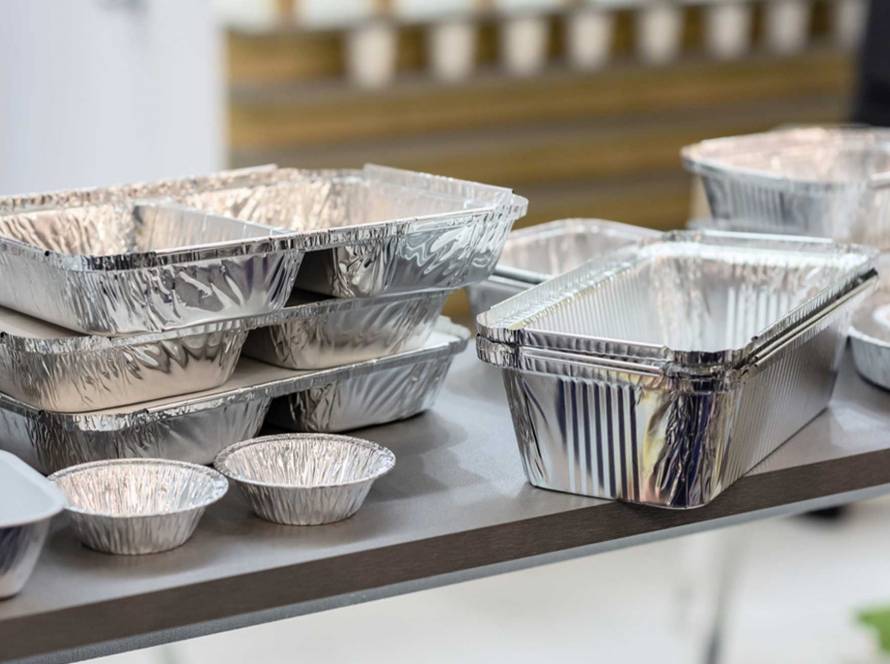The best economic source for obtaining aluminum from its basic ores is bauxite ores that contain aluminum oxide (alumina), water, iron oxides, titanium and silica in different quantities, and their color ranges from white to brown depending on their chemical content. Bauxite ores are usually found in Australia, Africa, China and South America. Bauxite is refined using the Bayer method, and this process involves separating alumina (aluminum source) from the oxides of iron, titanium and silica, which are by-products of the process called red clay that are disposed of due to strict environmental considerations. It is worth noting that 2-3 tons of bauxite need to produce 1 ton of alumina, while the extraction of aluminum from aluminum oxide (alumina) is achieved by the electrolysis process that consists of a cell or vessel consisting of a steel plate coated with carbon and this plate forms the cathode (cathode) A spent carbon electrode forms the anode (the anode) where it is suspended in a liquid electrolyte (sodium aluminum fluoride) solution at a temperature of about 950 ° C until the alumina is dissolved in the electrolyte by passing a low voltage and high current through the cell and this leads to the deposition of pure aluminum on the cathode (landing strip). The aluminum industry is generally characterized as intensive use of electrical energy, and therefore the primary aluminum industry tends to be concentrated in countries where cheap sources of energy are available.


The combination of strength and lightness
Aluminum is a lightweight metal that can be shaped and drawn into thick or thin sheets or wire, and is resistant to corrosion from weather conditions or chemicals. Aluminum’s excellent corrosion resistance is due to the thin, impermeable and cohesive surface layer of aluminum oxide that forms when the metal is exposed to air, preventing the oxidation process from continuing. Aluminum is a good conductor of heat and electricity, and despite its light weight (the density of which is one third the density of steel), its ductility and its limited hardness, when it is formed in the form of alloys consisting of aluminum with additions of copper, magnesium, zinc, manganese, silicon and tin, it adds strength and special qualities that can exceed In some cases the strength of stainless steel




